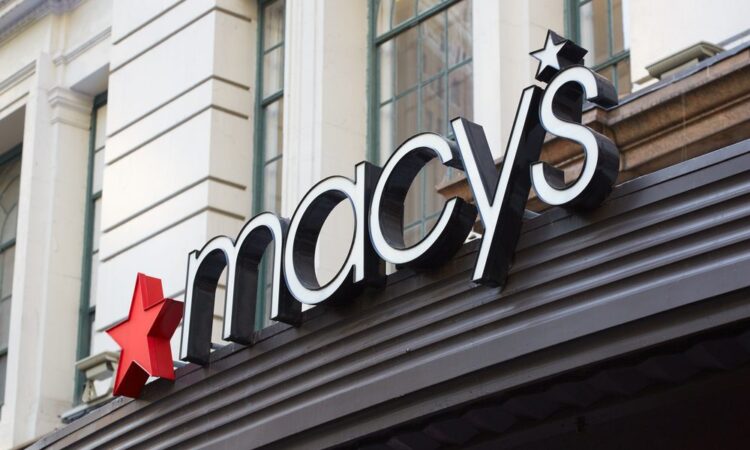
Macy’s rocky holiday season signals consumers are hesitant to use plastic — particularly private-label cards.
Friday after the stock markets closed, the retailing giant issued a press release that noted that fourth quarter sales, which includes the all-important holiday shopping season, will come at the lower end of its forecast. The company noted the “lulls of the non-peak holiday weeks,” and said that discretionary spending has been pressured.
The pressures remain in place at the present day and Macy’s stated that, “Based on current macroeconomic indicators and our proprietary credit card data, we believe the consumer will continue to be pressured in 2023, particularly in the first half.” The proprietary credit card data refers to the private-label cards. Macy’s also offers co-branded cards, and taken as a whole, as evidenced by the third quarter, we see that credit revenues were 3.9% of total top line.
The company said in its earnings materials for the third quarter that it had a proprietary card “penetration rate of 44.5%,” which was up 1.5% from the same quarter of 2021, driven by lower usage of debit/cash. Bad debt levels were better than expected, management said. And indeed, during the conference call with analysts, Adrian Mitchell, CFO, said that what “we’re seeing is very healthy usage on the co-brand side, as well as higher usage on the broader proprietary credit card within our nameplates and within our network … really, credit card is back.”
Watch Out for the ‘Lulls’
Now, at least with the Jan. 6 announcement, the consumer enthusiasm to wield those cards to close the sale are being tempered. Macy’s commentary noted that spending was strong, and in line with expectations during Black Friday/Cyber Monday and the week leading up to and following Christmas. But it is those non-peak holiday periods that are seemingly proving to be the pain points — where, we’d think, spending would be somewhat normalized. We’ll know more during earnings season when Macy’s reports results and Citi does too (the issuer of Macy’s cards).
But there are warning signs to be found elsewhere. In November, TransUnion reported that private-label balances are at a record high, up 7.3% year over year, driven by subprime consumers. Private label total and average credit lines have also increased to record highs. “Delinquencies have also risen and in Q3 2022 were slightly higher than the level seen pre-pandemic in Q3 2019,” the credit bureau noted.
There are some indications that delinquency rates and pressures will be felt among firms that issue the private-label cards. One proxy is Capital One, which said in SEC filings last month its credit card delinquency rate of 3.32% in November was up from 3.2% in October and from 2.1% in November 2021.
PYMNTS’ own data show that paycheck-to-paycheck consumers are more than three times more likely than non-P2P peers to take on credit card debt; The average credit score for all consumers who live paycheck to paycheck is 664 — more than 90 points below the average for consumers who do not live paycheck to paycheck. Forty-seven percent of those who struggle to pay their bills “always” or “usually” have a revolving balance, which hints at the pressures of making those monthly payments, and also of reducing the financial burden.
Headed into earnings season, Macy’s warning on the state of consumer spending — and its own granular insight into card-based transactions — might make many issuers and retailers uneasy.
PYMNTS Data: Why Consumers Are Trying Digital Wallets
A PYMNTS study, “New Payments Options: Why Consumers Are Trying Digital Wallets” finds that 52% of US consumers tried out a new payment method in 2022, with many choosing to give digital wallets a try for the first time.






